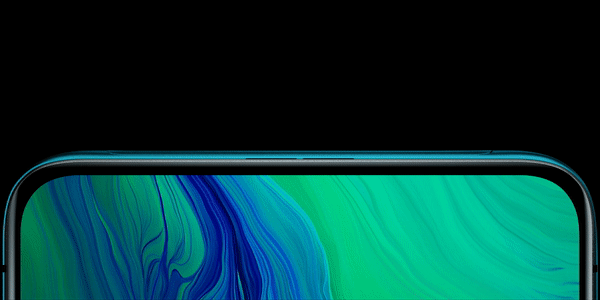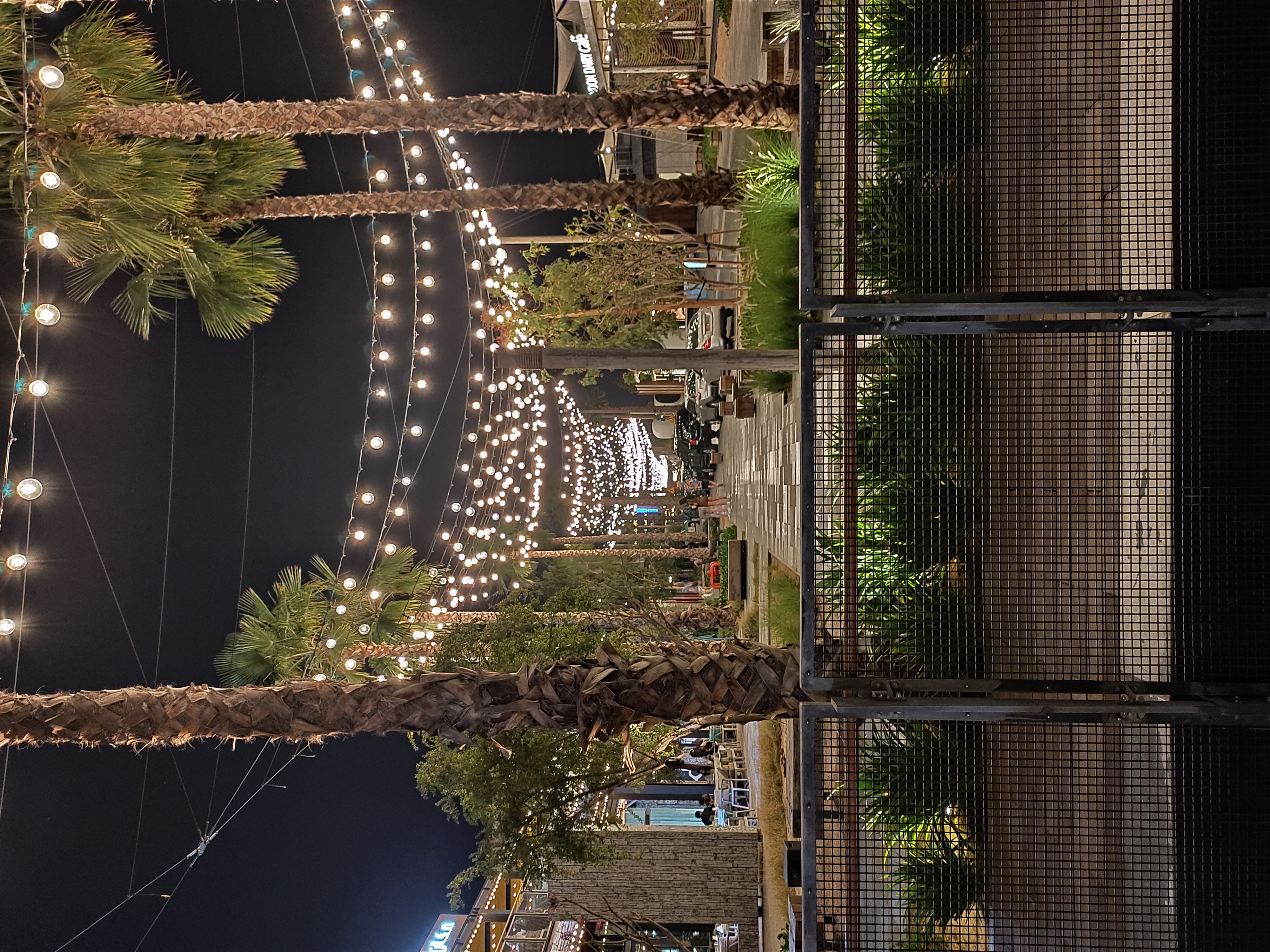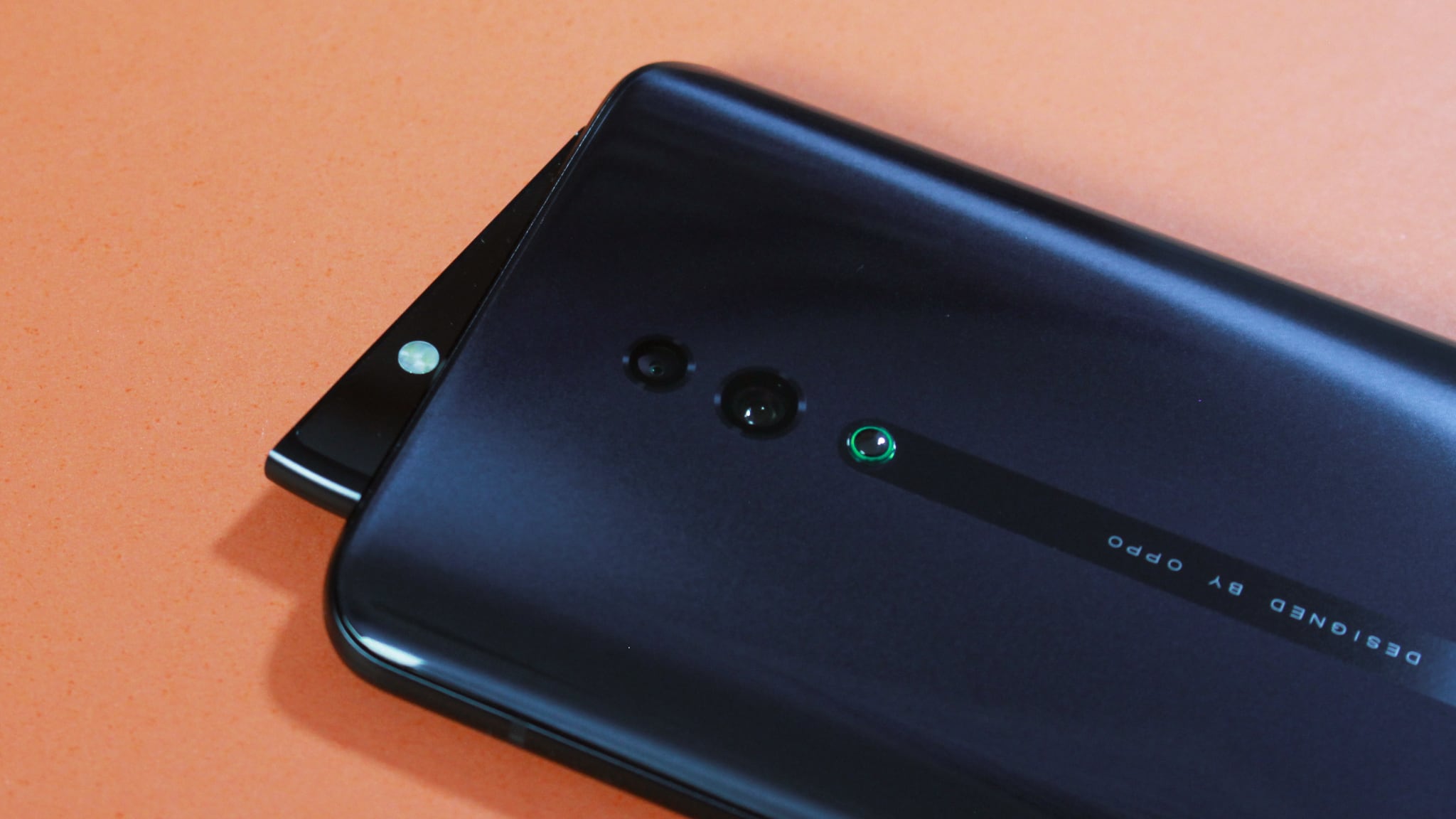Why you can trust TechRadar
Display
- Notch-free 6.4-inch all-screen display with DCI-P3 support
- AMOLED panel provides a good level of color contrast
- Corning Gorilla Glass 6 protection
Rated at a Full HD+ resolution, there are no blemishes to the Oppo Reno’s display. Both in terms of quality and physical appearance. There is no physical camera cut-out or a notch and in combination, the display provides an immersive experience.
In spite of the 19.5:9 form factor, the 6.4-inch size makes the phone easy to use with one hand. And natively, there is a lot the phone offers to fine-tune the display to your liking. Settings to control the screen color temperature are useful and so are the controls to make the screen brightness easy on the eye during night.

The lack of HDR10 support does not make it lag behind too far and honestly, content does have a good deal of pop to it although the display lacks just a bit in sharpness. Nonetheless, regular watching of TV shows or YouTube videos should not be any trouble.
But the lack of stereo speakers is a huge miss. The speaker unit is found on the bottom edge of the device and offers loud sound although lacks in richness, and is easily covered by your natural grip when using the phone in landscape mode.
'Shark-fin' selfie camera
- A larger moving part makes the camera seem robust
- Free-fall protection is built-in; retracts if a fall is detected
So far, the only way smartphone manufacturers have achieved unblemished displays is either through a slider like on the Xiaomi Mi Mix 3 or a pop-camera unit like many phones from Vivo and most recently, OnePlus.
While Oppo’s pivot-hinge solution is not too dissimilar, it gives you a different sort of wow-factor. And the phone’s earpiece seems to be built onto it too.The hinge is active when you use the front camera or the phone’s flashlight but otherwise, it neatly tucks back into the screen.
There is the slightest mechanical hiss when the hinge activates which might refrain you from taking sneaky selfies.

For the hinge itself, we can see a number of situations where it might break. But Oppo seems to have figured one of those out with the retraction being tied to the phone’s gyro-sensor. If the phone detects a fall while the hinge is deployed, it will automatically retract to protect the mechanical part.
As for the quality of selfies, the camera works best outdoors with plenty of light available. Its HDR is impressive given the phone’s price with portrait mode working well for edge detection too.
However more often than not, portrait mode will blow out the background of your selfie if taken outdoors in the scorching sun of Dubai.

Selfie cam

Low-light selfie
Oppo bundles its fair share of AI with the front 16MP camera which allows for smoother skin and arguably, more appealing facial features. But while this may benefit a certain type of audience, we prefer turning these off for the more natural looking selfies.
Additionally, the beautification is too aggressive in dim-lighting which produces selfies that are overly smoothed and those that lack sharpness.
Rear cameras
- Main 48MP camera is capable of great pictures with impressive HDR
- Not having a dedicated ultra-wide camera is a sore miss
As is the trend on many phones at this price point, Sony’s 48MP sensor is the Oppo Reno’s main camera. It has an f/1.7 aperture and in combination, the camera can take high quality photos.
Most of the photos we took showed a nice balance of warm and cooler tones but prevailing all of that is the sharpness the photos have. If you find yourself in a situation with plenty of lighting, the Oppo Reno’s camera can do a phenomenal job.
But Oppo’s persistence with a ‘Dazzle Colour’ mode is unwarranted. By using this, the phone’s software saturates colors in photos excessively. However, Reno’s AI scene recognition is quite handy and can accurately detect complex scenes Also, the adjustments it made enhanced the quality of the photo without making it look too unrealistic.
The second camera on the phone is a 5MP depth sensor with an f/2.4 aperture which is useful for portrait photos. It does particularly well with subject detection and the blurring stays realistic alongside maintaining natural skin tones.

HDR processing

Day sample

Day sample

Portrait mode

Night mode

Night mode
Its obvious advantage is that there is no crop on the Reno’s portrait mode but it comes at the sacrifice of a telephoto lens. Without this, zooming into far-away objects results in a distinct loss in detail- not something we’d expect from a phone at this price point.
The Reno’s performance at night is also noteworthy. With a dedicated Night mode, a lot of detail in low light is preserved and the phone is able to balance spots of lighting well. Some of the results truly compete with the best flagships on the market but there were times when the software processing over-sharpened photos.
What particularly impressed us was that Oppo’s night mode does not necessarily require a tripod for the best results because handheld stabilization does the trick for most cases.
If not for the absence of an ultra-wide lens and telephoto lens, this camera is stellar. And it can give higher-end smartphone cameras good competition. But the case isn’t the same for video. While 2160p video is possible on the Oppo Reno, it is not nearly as sharp or stable as Xiaomi’s Mi9, another phone competing for top spot in the price segment and a large part of that is because of the lack of OIS.
Current page: Display and cameras
Prev Page Introduction, price and design Next Page Performance, software and batteryAlways on top of the latest advancements and trends, Vaibhav Pradip has over 5 years of experience creating technology video content on social media platforms like YouTube and writing reviews. His niche includes smartphones, tablets, laptops and headphones so if you want a sound judgement (no pun intended) on which device to pick up next, he’ll most certainly have an answer.

